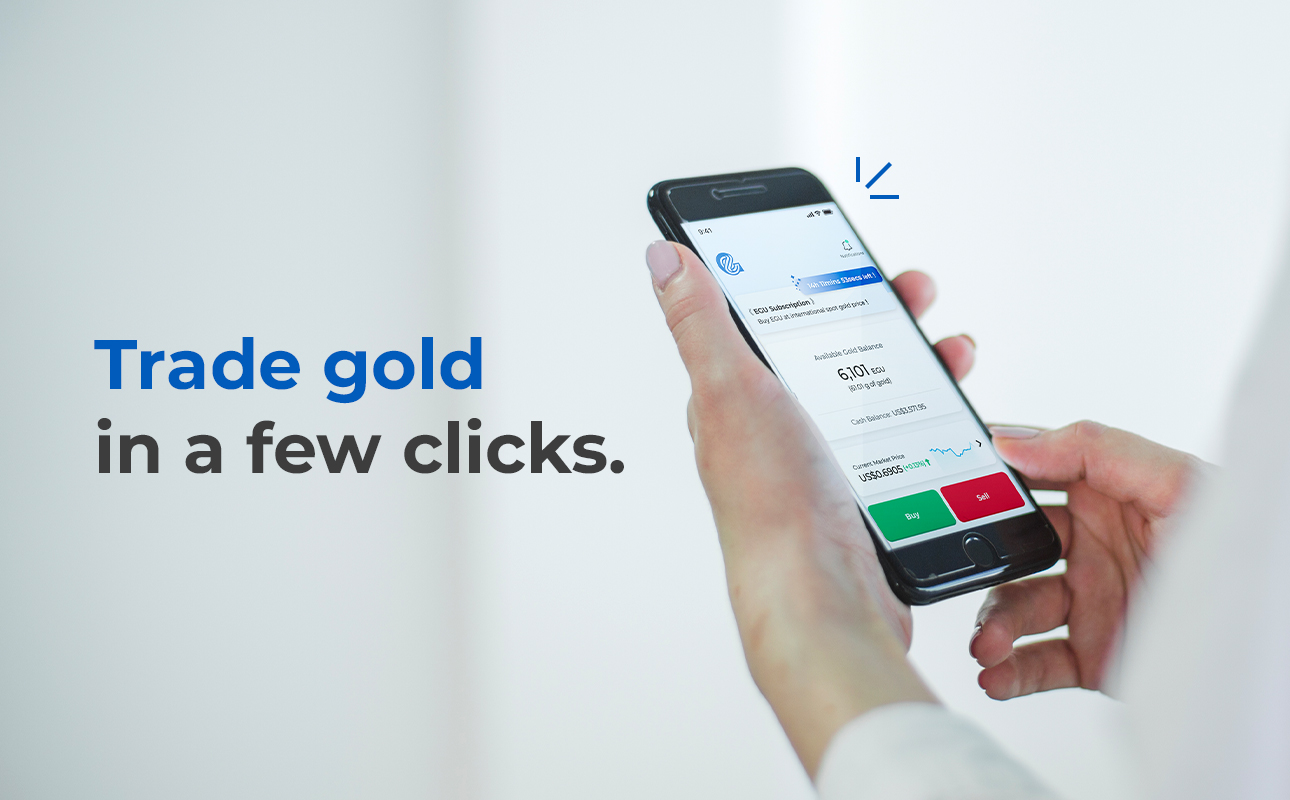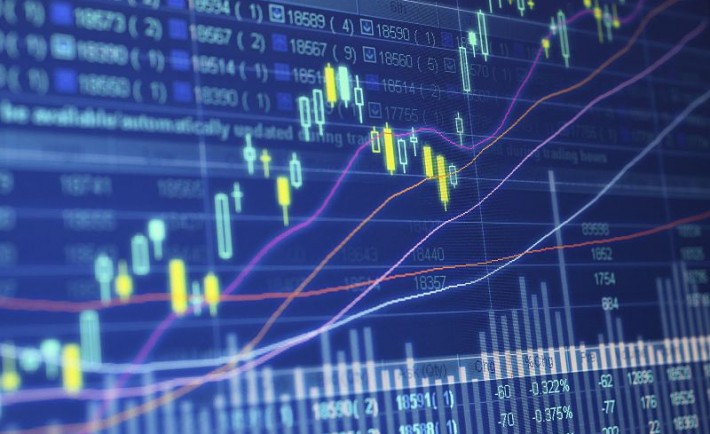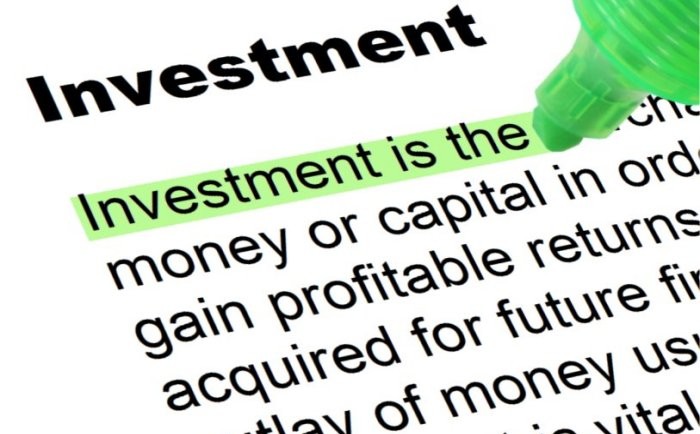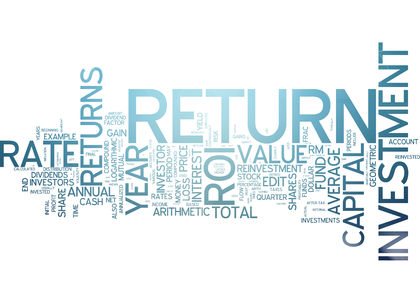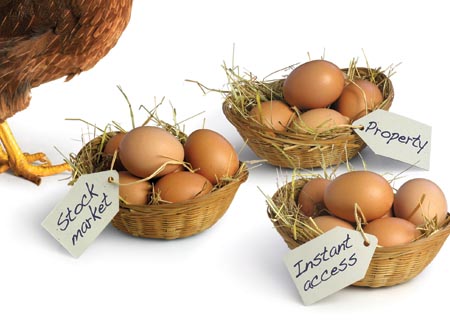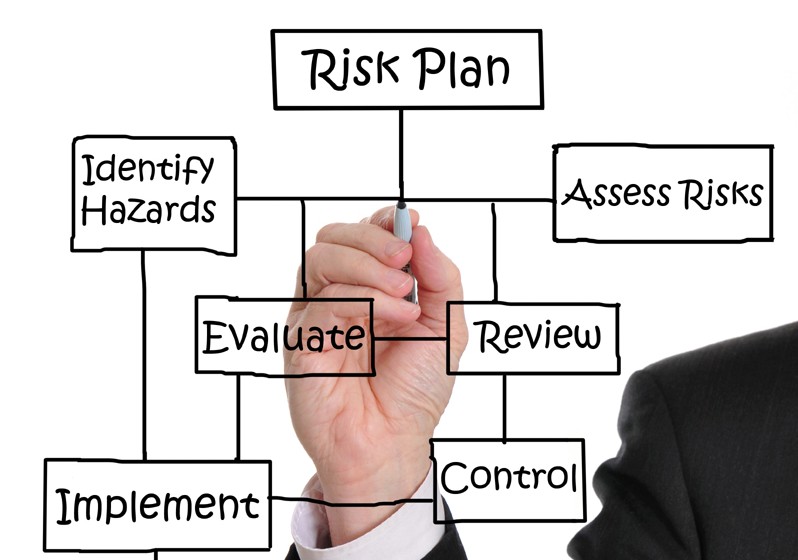If you want to manage your trading portfolio better, here are some tips that would be beneficial.
Knowing how to manage a trading portfolio is critical if you want to stamp your footprint into the world of trading, and it’s a crucial skill that many day-to-day traders need more time to understand fully. It doesn’t matter whether you’re a seasoned trader with years of experience or a newbie who’s trying to find what works for them; the key to being successful is being able to manage a portfolio and be able to assess risks, get the best returns for your investment, and stick to the goals you set.
In this article, we’ll look at how you can manage your trading portfolio and share some tips to help you trade smarter.
Define Your Investment Objectives
If you want to be a successful trader, having a sole idea of your end goal will be pivotal and will significantly impact your trading behavior and future success. Setting goals will help you decide what you get from trading, whether long-term growth, short-term gains that can be quickly turned around, or a mix of both. Once you’ve decided on a trading strategy that you want to use moving forward, it’ll be a lot easier to find a pattern that works for you and is sustainable long-term, which is where tools like TradingView can come in very helpful.
Diversify Your Portfolio
Being overly leveraged in a particular direction could spell disaster for your future in trading, ending it before it’s had a chance to begin. Diversifying your portfolio is a term used to describe traders making sure to have investments in various sectors or industries, some of which may compete with one another. This means that should one of your investments go badly wrong, you’ll be able to survive because you have investments elsewhere that can prop up your portfolio as a whole.
Monitor and Act Accordingly
https://pixabay.com/photos/startup-business-people-students-849804/
Your portfolio could easily become unbalanced, affected by market conditions beyond your control. This is why monitoring your assets and being able to act decisively is essential, but this isn’t an easy skill to master, and it will take time to get this right. Rebalancing involves selling stocks that have outlived their usefulness or maxed out, freeing up capital that can be used to invest in other stocks that are undervalued and have high-growth potential.
Set Stop-Loss Orders
While this may seem like a no-brainer when it comes to acting sensibly and with a clear sense of direction, many traders neglect this aspect of trading because they don’t think the unthinkable could happen. Stop-loss orders will help you offload assets that suffer from a sudden drop in value, helping protect your portfolio by ensuring that it doesn’t become flooded with low-value assets that will be much harder to liquidate. It might take time to research, but it’s certainly worthwhile.
Stay Informed and Analyse Data
It’s been said before that knowledge is power, which is more accurate than ever in the world of high-stakes trading. It’s easy to stay informed about the latest trends and developments in trading. Still, the real skill is knowing where to look to get the most effective information before anybody else. Make sure to use social media to find out about the latest developments in real-time and follow people who are most likely to have exclusive track news that could have a considerable impact.
Avoid Emotional Trading
https://pixabay.com/photos/minimalism-emotions-feelings-joy-4846000/
The worst thing you can do is act impulsively when trading, so if you’re ever feeling upset and overwhelmed, it might be a good idea to step away from the computer and give yourself a break. As well as not trading when you’re overcome with emotion, it’s also important not to let fear and greed influence your behavior, as this will often result in you making decisions that you would not typically do. Staying disciplined and in control is one of the best things you can do to be a successful trader.
Keep a Trading Journal
Organisation is crucial, and keeping track of your activity is a surefire way to make decisions that will have a much better impact on your trades in the long term. Many seasoned traders use their trading journey to keep track of the trades they make and note the circumstances around them so they can reflect on these and analyze them later. Self-reflection is a compelling trait for traders, and if you can do this successfully, you’ll be able to make much smarter decisions moving forward.
Knowing how to manage a portfolio will put you in excellent stead, as it’ll help you remain disciplined and develop the ability to make smarter decisions in the long term. There are many different skills that you can sharpen to become a better trader, but by making these small changes, you should see an increase in the profitability of the trades you place.





